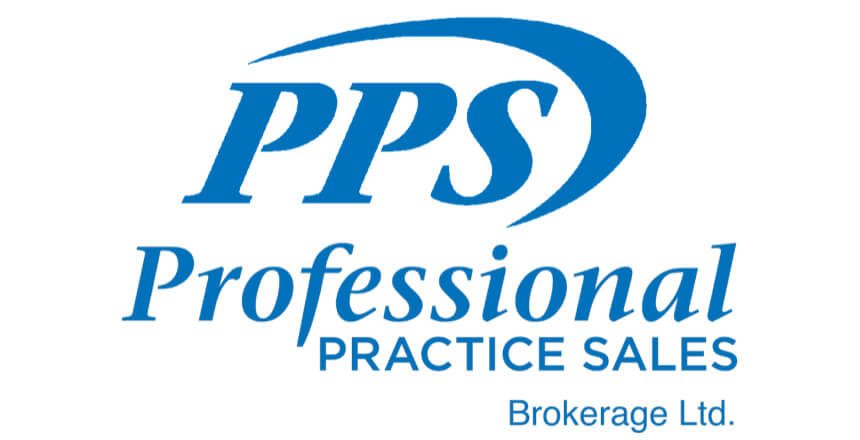
I write this article at a time when three of our clients are currently in different stages of transition of location. Their experience helps me focus on the importance of location improvement throughout your career.
1) NEW PRACTICE SET-UP
Rent usually costs from five to seven per cent of your gross income, which is generally similar to dental supplies and laboratory bills. The latter two are variable expenses and can be controlled on an ongoing basis but rent is a fixed expense and you have to live with your decisions well into the future. In order to control costs, it is advantageous to limit the amount of square footage especially
when setting up your practice as a new venture.
Find a great location with reasonable, affordable rent that at the same time is visible to potential patients and if possible, is expandable as you move into the middle of your career. After the first couple of years as your billings increase, your rent should begin to fall into the seven to nine per cent range. By the time you have been in your practice for five years your rent should be in line with the acceptable five to seven per cent range.
Landlords always increase your rent but with time your practice billings also increase. If your rent is increasing faster than your billings you are falling behind in your ability to control expenses. You should consider moving your practice if the opportunity comes along. The amortization of new leasehold is affordable if your new location increases your production. This could also be your opportunity to expand.
2) TEN TO THIRTY YEAR OLD ESTABLISHED PRACTICE
This phase of your career is critical. These are the money making years. Is your location limiting your billings?
Many practices move to larger facilities in this period. Without moving or expanding you will sell your practice in its original location that is 30 to 40 years old. Generally, purchasers find these facilities visibly old, too small and with no ability to expand and grow because you have not done so in the past 30 to 40 years.
I have had dentists tell me that it takes three moves to get the facility you would like. Certainly, it is additional capital investment to move but in the long run you will find it stimulating and rewarding. Now is the time to have larger operatories, staff rooms, a private office and a more visibly appealing practice for your patients.
Moving to a better location is an investment in your practice. This is also an opportunity to adjust your location to better relate to where your patient base is now located as was addressed in a recent article. (Article 19)
3) THIRTY TO FORTY YEAR OLD ESTABLISHED PRACTICE
If you have correctly completed Section 2), as outline above, then this phase is easy. You have a contemporary facility that is spacious, well located, eye appealing and in demand. The concept of spending money on leaseholds in order to sell your practice is not necessary. Your practice should present itself well and be a turnkey sale.
If you did not achieve Section 2) then your practice is apt to be sold to a larger practice for the patient base. In this case make sure you have a short lease that will permit the practice to be moved. Typically, the purchaser would like you to move with your patients to the new facility for a two-year transition.
Generally speaking, if your rent and wages are under control then your total costs are under control. Remember, the percentage for rent is a ratio of your gross rent as a percentage of your billings. Typically higher costs per square foot relates to the location’s ability to attract patients. Higher rent per square foot can be overcome with higher gross billings.
